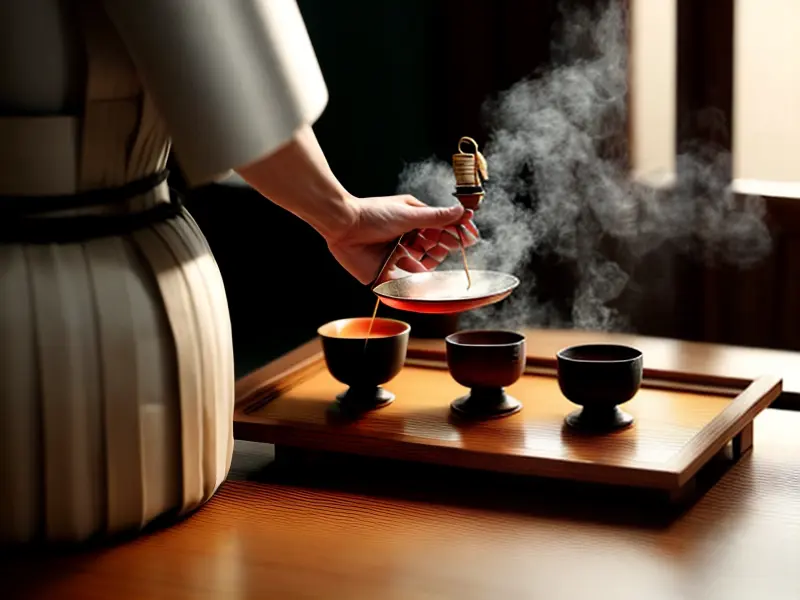The Allure of Japanese Tea Ceremonies: Chanoyu Culture
Japan is known for its rich culture, stunning landscapes, and bustling cities. Among the many unique experiences that Japan offers, the Japanese tea ceremony, known as Chanoyu, stands out as a serene and captivating practice. This traditional art form not only showcases Japan's emphasis on mindfulness and appreciation for beauty, but it also offers visitors an opportunity to immerse themselves in the country's history and customs. In this article, we will explore the allure of Japanese tea ceremonies and how they contribute to the vibrant tourism scene in Japan.
The Origins and Philosophy of Chanoyu
The origins of the Japanese tea ceremony can be traced back to the 15th century, during the Muromachi period. It was originally influenced by Zen Buddhism and was practiced primarily by the samurai class. Over the centuries, the tea ceremony evolved into a refined art form, incorporating elements of aesthetics, harmony, respect, and tranquility.
Central to the philosophy of Chanoyu is the belief in the importance of being present in the moment. Participants are encouraged to let go of distractions and fully immerse themselves in the ritual, appreciating every aspect of the tea preparation and the surroundings. This heightened sense of mindfulness creates an atmosphere of calm and tranquility, allowing participants to find inner peace and clarity.
The Tea House Experience
Participating in a traditional tea ceremony in Japan is an unforgettable experience that provides valuable insights into Japanese culture. Tea houses, also known as chashitsu, are purpose-built spaces where the tea ceremony takes place. These tea houses are carefully designed to embody simplicity and harmony, often tucked away in serene gardens or amidst natural landscapes.
Upon entering a tea house, guests are greeted by the host and guided through the various stages of the ceremony. The process involves meticulous attention to detail, from the preparation of the tea to the gestures and movements of serving. Each movement is deliberate and purposeful, allowing for a sense of rhythm and flow throughout the ceremony.
Tea Ceremony Etiquette and Rituals
To fully appreciate and participate in a tea ceremony, it is helpful to understand the etiquette and rituals involved. Guests are expected to follow certain customs, such as entering the tea room through a small, humble entrance called nijiriguchi, and bowing to show respect to the host and fellow participants.

Once seated, guests enjoy a serene atmosphere while savoring a bowl of matcha, a powdered green tea. The tea is prepared and served with utmost care and precision, with each movement symbolizing harmony and grace. Participants are encouraged to observe the tea bowl, appreciating its unique design and the aesthetic beauty of the tea.

Japanese tea ceremonies offer tourists a chance to step into a world of tranquility and tradition, immersing themselves in a culture that values mindfulness and sensory appreciation. From the origins and philosophy of Chanoyu to the exquisite tea houses and the rituals involved, the allure of Japanese tea ceremonies continues to captivate visitors from around the world. By embracing this unique experience, travelers can gain a deeper understanding of Japanese culture and create lasting memories of their time in Japan.




